Dates have long been revered for their distinct sweetness, chewy texture, and numerous health benefits. Whether you are a seasoned date fanatic or new to this exotic fruit, you may have noticed that dates come in various colors and shades. Two common varieties are yellow dates and brown dates, each with its unique characteristics and flavors. In this article, we will explore the differences between yellow dates and brown dates to help you understand which variety might suit your palate and nutritional needs. Yellow dates and brown dates, despite their differences in appearance, share similar origins as fruits of the date palm tree. The date palm, scientifically known as Phoenix dactylifera, produces these delectable fruits that have been consumed for thousands of years in various cultures around the world. However, the color variation in dates can be attributed to factors such as ripeness, processing methods, and specific date cultivars. When comparing yellow dates versus brown dates, one of the most apparent distinctions is the color of the fruit itself. Yellow dates typically have a brighter hue, ranging from golden yellow to light amber, while brown dates exhibit a darker, richer color resembling caramel or mahogany. This variation in color can be attributed to the different stages of ripeness when the dates are harvested and processed. Yellow dates are often picked at an earlier stage of ripeness compared to brown dates, which are left on the palm tree for a longer period to develop a deeper flavor profile. As a result, yellow dates tend to have a milder sweetness and a firmer texture, making them a popular choice for those who prefer a less intense date experience. In contrast, brown dates are prized for their rich, syrupy sweetness and soft, melt-in-your-mouth consistency that is characteristic of a fully ripe fruit. In terms of flavor, yellow dates are known for their subtle sweetness with hints of honey and floral undertones. The less pronounced caramel notes and mild taste make yellow dates a versatile ingredient for both sweet and savory dishes. They can be enjoyed on their own as a snack, added to baked goods, salads, or used in smoothies and desserts for a touch of natural sweetness. On the other hand, brown dates offer a bold, robust flavor profile with a deep, complex sweetness reminiscent of toffee, molasses, and caramel. The intense flavor of brown dates makes them a popular choice for indulgent desserts, energy bars, and date-based confections.
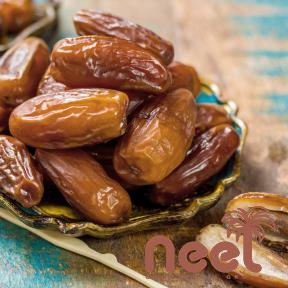
.
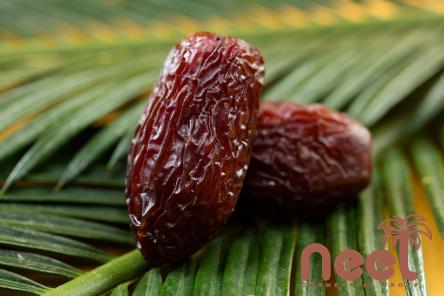 Their soft, luscious texture lends itself well to being stuffed with nuts, cheese, or enjoyed with a cup of coffee or tea as a satisfying treat. When it comes to nutritional content, both yellow dates and brown dates are packed with essential nutrients that make them a valuable addition to a healthy diet. Dates are a rich source of dietary fiber, which aids in digestion, promotes satiety, and helps regulate blood sugar levels. They are also high in natural sugars, such as glucose and fructose, providing a quick energy boost for active individuals or as a natural sweetener for those seeking healthier alternatives to refined sugar. In addition to being a great source of energy, dates contain an array of vitamins and minerals, including potassium, magnesium, iron, and B vitamins, all of which play vital roles in supporting overall health and well-being. Potassium helps maintain proper heart function and fluid balance, magnesium supports muscle and nerve function, iron aids in oxygen transport within the body, while B vitamins are essential for metabolism and energy production. When comparing the nutritional profiles of yellow dates versus brown dates, there are minimal differences in terms of macronutrients and micronutrients. Both varieties offer similar amounts of calories, carbohydrates, fiber, and natural sugars per serving. However, some studies suggest that the antioxidant content (such as phenolic compounds) may vary slightly between yellow and brown dates due to differences in processing and storage methods. In conclusion, whether you prefer yellow dates or brown dates ultimately comes down to personal taste preferences and culinary applications. Yellow dates are ideal for those who enjoy a subtle sweetness and firmer texture, while brown dates cater to individuals seeking a more intense, decadent flavor experience. Both varieties of dates are nutritious, delicious, and versatile ingredients that can be used in a wide range of dishes, from breakfast to dessert.
Their soft, luscious texture lends itself well to being stuffed with nuts, cheese, or enjoyed with a cup of coffee or tea as a satisfying treat. When it comes to nutritional content, both yellow dates and brown dates are packed with essential nutrients that make them a valuable addition to a healthy diet. Dates are a rich source of dietary fiber, which aids in digestion, promotes satiety, and helps regulate blood sugar levels. They are also high in natural sugars, such as glucose and fructose, providing a quick energy boost for active individuals or as a natural sweetener for those seeking healthier alternatives to refined sugar. In addition to being a great source of energy, dates contain an array of vitamins and minerals, including potassium, magnesium, iron, and B vitamins, all of which play vital roles in supporting overall health and well-being. Potassium helps maintain proper heart function and fluid balance, magnesium supports muscle and nerve function, iron aids in oxygen transport within the body, while B vitamins are essential for metabolism and energy production. When comparing the nutritional profiles of yellow dates versus brown dates, there are minimal differences in terms of macronutrients and micronutrients. Both varieties offer similar amounts of calories, carbohydrates, fiber, and natural sugars per serving. However, some studies suggest that the antioxidant content (such as phenolic compounds) may vary slightly between yellow and brown dates due to differences in processing and storage methods. In conclusion, whether you prefer yellow dates or brown dates ultimately comes down to personal taste preferences and culinary applications. Yellow dates are ideal for those who enjoy a subtle sweetness and firmer texture, while brown dates cater to individuals seeking a more intense, decadent flavor experience. Both varieties of dates are nutritious, delicious, and versatile ingredients that can be used in a wide range of dishes, from breakfast to dessert.
..
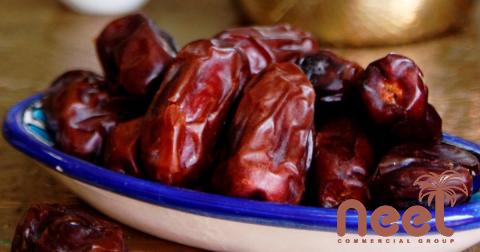 Next time you’re shopping for dates, consider trying both yellow dates and brown dates to discover which variety appeals to your taste buds and nutritional needs. Whichever you choose, you can rest assured that you’re enjoying a wholesome, natural treat that has been cherished for centuries for its exceptional flavor and health benefits. Embrace the diversity of dates and savor the unique qualities that yellow and brown dates bring to your table. Whether you decide to incorporate yellow dates into your morning oatmeal, bake them into a delicious batch of cookies, or snack on brown dates for a quick energy boost, you can feel confident that you are indulging in a nutritious and flavorful treat. Furthermore, the versatility of dates extends beyond their use as a standalone snack or sweetener. Both yellow and brown dates can be transformed into a myriad of culinary creations, from date paste for baking to savory dishes like tagines, salads, and stuffed appetizers. Their natural sweetness pairs well with a variety of ingredients, allowing you to experiment with different flavor combinations and culinary techniques. For those looking to boost their intake of natural sugars and essential nutrients, incorporating dates into your daily diet can provide a convenient and tasty solution. Dates are a wholesome alternative to processed sugars and artificial sweeteners, offering a range of health benefits in addition to satisfying your sweet tooth. In the realm of traditional medicine, dates have also been revered for their medicinal properties and therapeutic applications. In Ayurveda, dates are believed to possess cooling properties that help balance the body’s internal heat, making them a popular remedy for conditions such as acidity, inflammation, and digestive issues.
Next time you’re shopping for dates, consider trying both yellow dates and brown dates to discover which variety appeals to your taste buds and nutritional needs. Whichever you choose, you can rest assured that you’re enjoying a wholesome, natural treat that has been cherished for centuries for its exceptional flavor and health benefits. Embrace the diversity of dates and savor the unique qualities that yellow and brown dates bring to your table. Whether you decide to incorporate yellow dates into your morning oatmeal, bake them into a delicious batch of cookies, or snack on brown dates for a quick energy boost, you can feel confident that you are indulging in a nutritious and flavorful treat. Furthermore, the versatility of dates extends beyond their use as a standalone snack or sweetener. Both yellow and brown dates can be transformed into a myriad of culinary creations, from date paste for baking to savory dishes like tagines, salads, and stuffed appetizers. Their natural sweetness pairs well with a variety of ingredients, allowing you to experiment with different flavor combinations and culinary techniques. For those looking to boost their intake of natural sugars and essential nutrients, incorporating dates into your daily diet can provide a convenient and tasty solution. Dates are a wholesome alternative to processed sugars and artificial sweeteners, offering a range of health benefits in addition to satisfying your sweet tooth. In the realm of traditional medicine, dates have also been revered for their medicinal properties and therapeutic applications. In Ayurveda, dates are believed to possess cooling properties that help balance the body’s internal heat, making them a popular remedy for conditions such as acidity, inflammation, and digestive issues.
…
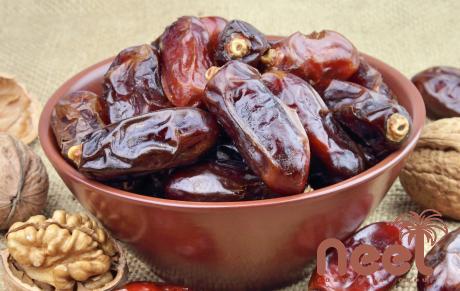 Similarly, in traditional Islamic medicine, dates are recommended for their nourishing and energizing effects, particularly during Ramadan when they are consumed to break the fast. Beyond their culinary and health benefits, dates hold cultural significance in many societies around the world. They are often associated with celebrations, religious rituals, and hospitality, symbolizing prosperity, abundance, and blessings. In Middle Eastern and North African cultures, dates are a staple food served during special occasions, such as weddings, births, and religious holidays, signifying joy, unity, and communal sharing. In conclusion, the debate between yellow dates and brown dates may ultimately come down to personal preference and individual needs. Whether you prefer the subtle sweetness of yellow dates or the rich decadence of brown dates, both varieties offer a delightful sensory experience that can be enjoyed in a multitude of ways. So, the next time you reach for a package of dates at the grocery store or local market, consider exploring the world of yellow dates and brown dates to discover the nuances of flavor, texture, and nutritional value that each variety has to offer. Whether you savor them on their own, incorporate them into your favorite recipes, or share them with loved ones, dates are a timeless fruit that continues to captivate taste buds and nourish bodies across cultures and generations. Embrace the diversity of dates, appreciate their natural goodness, and savor the unique attributes of yellow dates and brown dates as you embark on a delicious journey of discovery and delight. Your palate and your body will thank you for indulging in the wholesome goodness of dates, a fruit that truly stands the test of time as a beloved and cherished culinary treasure.
Similarly, in traditional Islamic medicine, dates are recommended for their nourishing and energizing effects, particularly during Ramadan when they are consumed to break the fast. Beyond their culinary and health benefits, dates hold cultural significance in many societies around the world. They are often associated with celebrations, religious rituals, and hospitality, symbolizing prosperity, abundance, and blessings. In Middle Eastern and North African cultures, dates are a staple food served during special occasions, such as weddings, births, and religious holidays, signifying joy, unity, and communal sharing. In conclusion, the debate between yellow dates and brown dates may ultimately come down to personal preference and individual needs. Whether you prefer the subtle sweetness of yellow dates or the rich decadence of brown dates, both varieties offer a delightful sensory experience that can be enjoyed in a multitude of ways. So, the next time you reach for a package of dates at the grocery store or local market, consider exploring the world of yellow dates and brown dates to discover the nuances of flavor, texture, and nutritional value that each variety has to offer. Whether you savor them on their own, incorporate them into your favorite recipes, or share them with loved ones, dates are a timeless fruit that continues to captivate taste buds and nourish bodies across cultures and generations. Embrace the diversity of dates, appreciate their natural goodness, and savor the unique attributes of yellow dates and brown dates as you embark on a delicious journey of discovery and delight. Your palate and your body will thank you for indulging in the wholesome goodness of dates, a fruit that truly stands the test of time as a beloved and cherished culinary treasure.
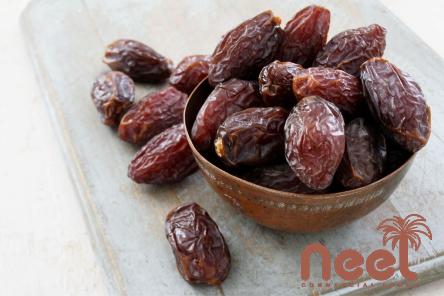
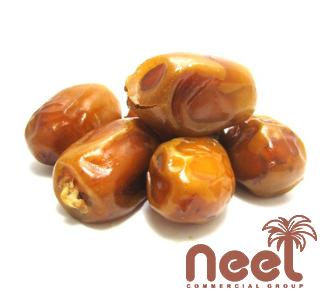
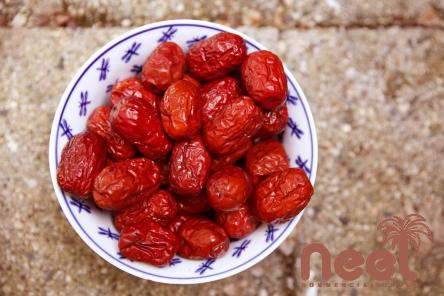
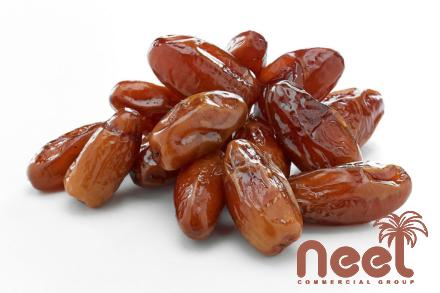
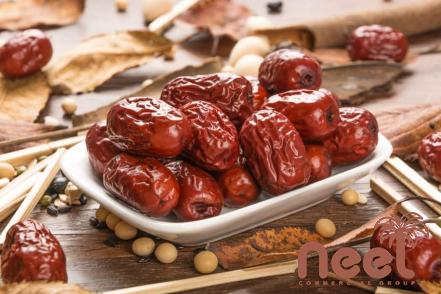
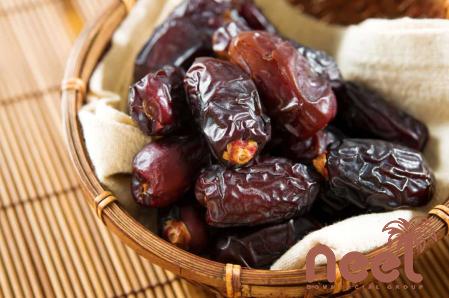
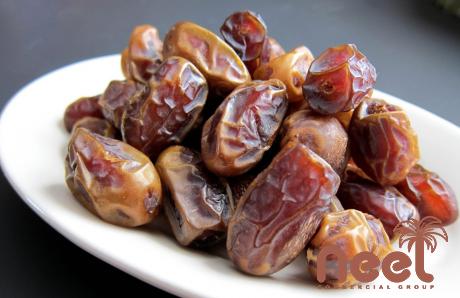
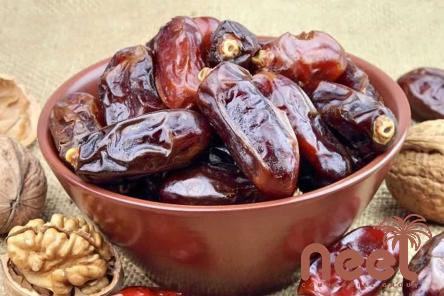
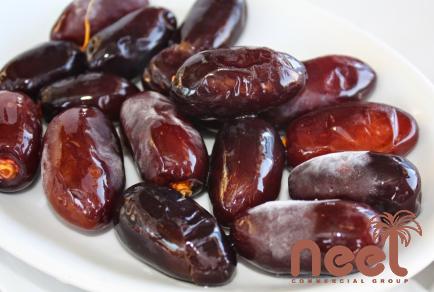
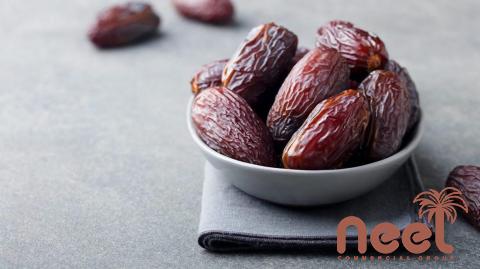
Your comment submitted.